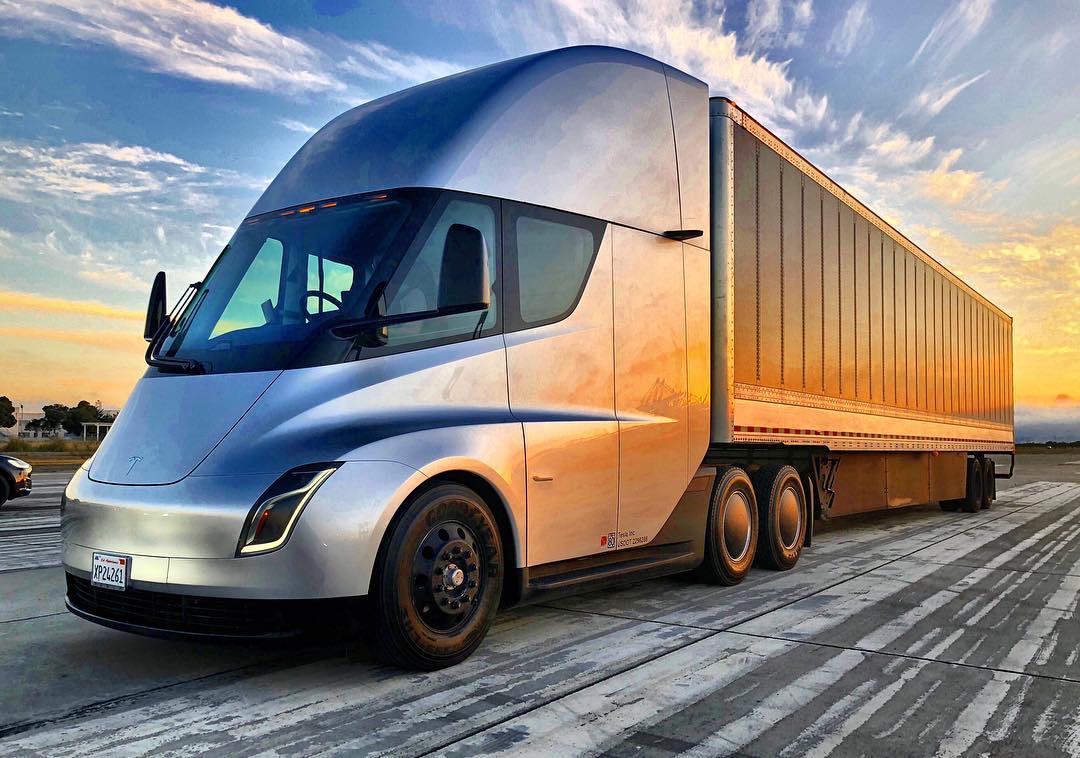
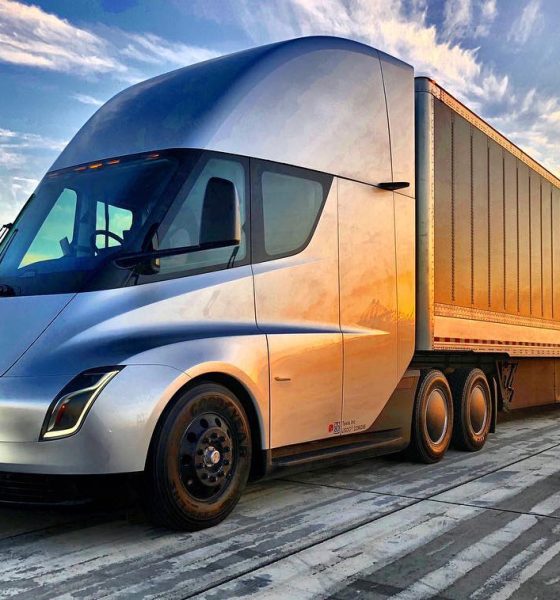
News
Tesla Semi secures one of its biggest orders to date from US-Canada logistics company
Tesla recently received reservations for 150 Semi trucks from Pride Group Enterprise (PGE), which operates businesses in equipment, rental, leasing, logistics, and sales. While the firm has placed reservations for 150 trucks for now, PGE has also made room to increase its order to 500 Tesla Semis in the future. The EV automaker has already received the deposits for the first 150 Semis ordered by the trucking company.
According to a press release, the company has dedicated significant resources to the research of electric trucks over the past few years. It looked into the technology, infrastructure, and capital requirements that are necessary for a network to succeed. It seems that PGE concluded Tesla offered the best Class 8 all-electric truck on the market, based on its recent Semi reservations. However, PGE’s Vice President of Operations Aman Johal also stated that the company is looking forward to working with other OEMs producing Class 8 trucks in the future as well.
“With the addition of electric trucks to our portfolio of products, our service offering to our customers continues to evolve. Our reservation with Tesla is the first of many and we continue to work with all OEM partners and have more exciting projects in the works. We have put a lot of focus on growing from an equipment supplier to a complete one-stop-shop for the transportation industry. Some of the other offerings we’ve added include short-term rentals, full-service maintenance, in-house OEM warranty work and 3PL solution, to name a few,” he said.
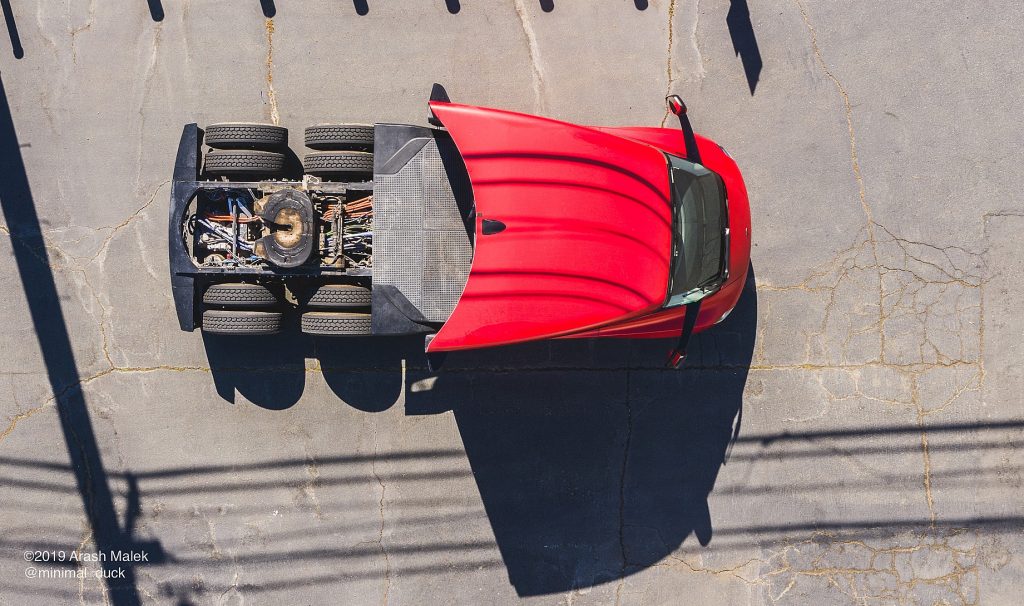
As noted by PGE, the 150 Tesla Semis will be distributed in locations that are particularly friendly to the electric vehicle movement. Johal also noted that the Class 8 battery-electric trucks will be a good way to gauge how the market accepts all-electric long-haul options.
“With support from one of our long-term financial partners, Hitachi Capital, we are very excited to bring this innovative product to our strong customer base, helping forge a new path in clean transportation. We believe that electrification is the way of the future as we work together across multiple industries to reduce our carbon footprint. As well, we have the option to increase our order as we gauge customer acceptance of this new technology,” he said.
Johal further emphasized that electric trucks will likely provide benefits, especially in areas where diesel-powered long-haulers are challenged such as maintenance and downtime. Granted, trucks like the Semi will have their challenges too, but the PGE executive noted that the company is already laying the groundwork for its electric truck deployment. This includes the buildout of charging infrastructure, parking lots, and full maintenance at its locations.
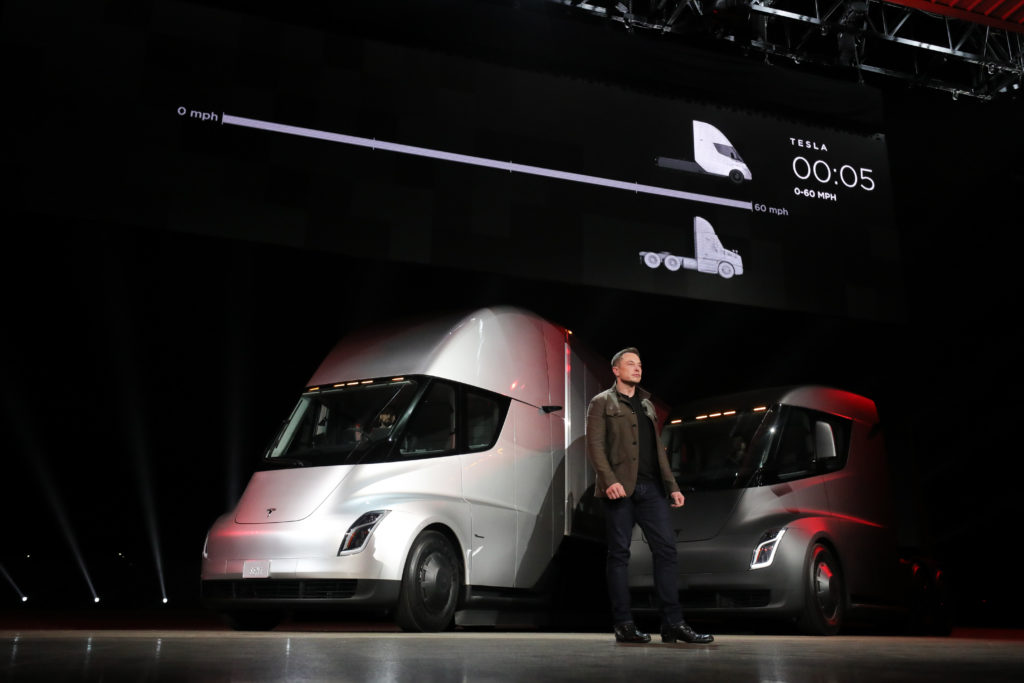
“Pride Group Enterprises’ vision is to invest in facilities that will support charging, full-service maintenance and a consistent supply of electric trucks on North American highways. We have first-hand knowledge of the transportation industry across multiple verticals and we (PGE) strongly believe that electric truck technology will overcome many challenges facing traditional diesel technology such as the related maintenance and associated downtime,” he stated.
PGE is one of many prominent companies that has made reservations for the Tesla Semi. PepsiCo, Walmart, and UPS are among others have invested in Semi trucks as well. PepsiCo was one of the first companies to make a significant reservation of 100 Semis to Tesla. In September 2020, Walmart Canada announced it would be tripling its Tesla Semi orders to 130.
Energy analysts Wood Mackenzie predicted the Class 8 EV truck segment could grow to over 54,000 units in the United States by 2025, an estimate that may prove conservative once vehicles like the Semi begin customer deliveries. The US electric truck industry’s growth depends on the policy and financial support receives in the next few years. According to Wood Mackenzie’s analysis, there were only 2,000 heavy-duty electric trucks deployed in the US last year. But as more companies like PGE pay more attention to local energy transition goals and become more environmentally conscious, the segment will see growth.

News
Tesla FSD fleet is nearing 7 billion total miles, including 2.5 billion city miles
As can be seen on Tesla’s official FSD webpage, vehicles equipped with the system have now navigated over 6.99 billion miles.

Tesla’s Full Self-Driving (Supervised) fleet is closing in on almost 7 billion total miles driven, as per data posted by the company on its official FSD webpage.
These figures hint at the massive scale of data fueling Tesla’s rapid FSD improvements, which have been quite notable as of late.
FSD mileage milestones
As can be seen on Tesla’s official FSD webpage, vehicles equipped with the system have now navigated over 6.99 billion miles. Tesla owner and avid FSD tester Whole Mars Catalog also shared a screenshot indicating that from the nearly 7 billion miles traveled by the FSD fleet, more than 2.5 billion miles were driven inside cities.
City miles are particularly valuable for complex urban scenarios like unprotected turns, pedestrian interactions, and traffic lights. This is also the difference-maker for FSD, as only complex solutions, such as Waymo’s self-driving taxis, operate similarly on inner-city streets. And even then, incidents such as the San Francisco blackouts have proven challenging for sensor-rich vehicles like Waymos.
Tesla’s data edge
Tesla has a number of advantages in the autonomous vehicle sector, one of which is the size of its fleet and the number of vehicles training FSD on real-world roads. Tesla’s nearly 7 billion FSD miles then allow the company to roll out updates that make its vehicles behave like they are being driven by experienced drivers, even if they are operating on their own.
So notable are Tesla’s improvements to FSD that NVIDIA Director of Robotics Jim Fan, after experiencing FSD v14, noted that the system is the first AI that passes what he described as a “Physical Turing Test.”
“Despite knowing exactly how robot learning works, I still find it magical watching the steering wheel turn by itself. First it feels surreal, next it becomes routine. Then, like the smartphone, taking it away actively hurts. This is how humanity gets rewired and glued to god-like technologies,” Fan wrote in a post on X.
News
Tesla starts showing how FSD will change lives in Europe
Local officials tested the system on narrow country roads and were impressed by FSD’s smooth, human-like driving, with some calling the service a game-changer for everyday life in areas that are far from urban centers.
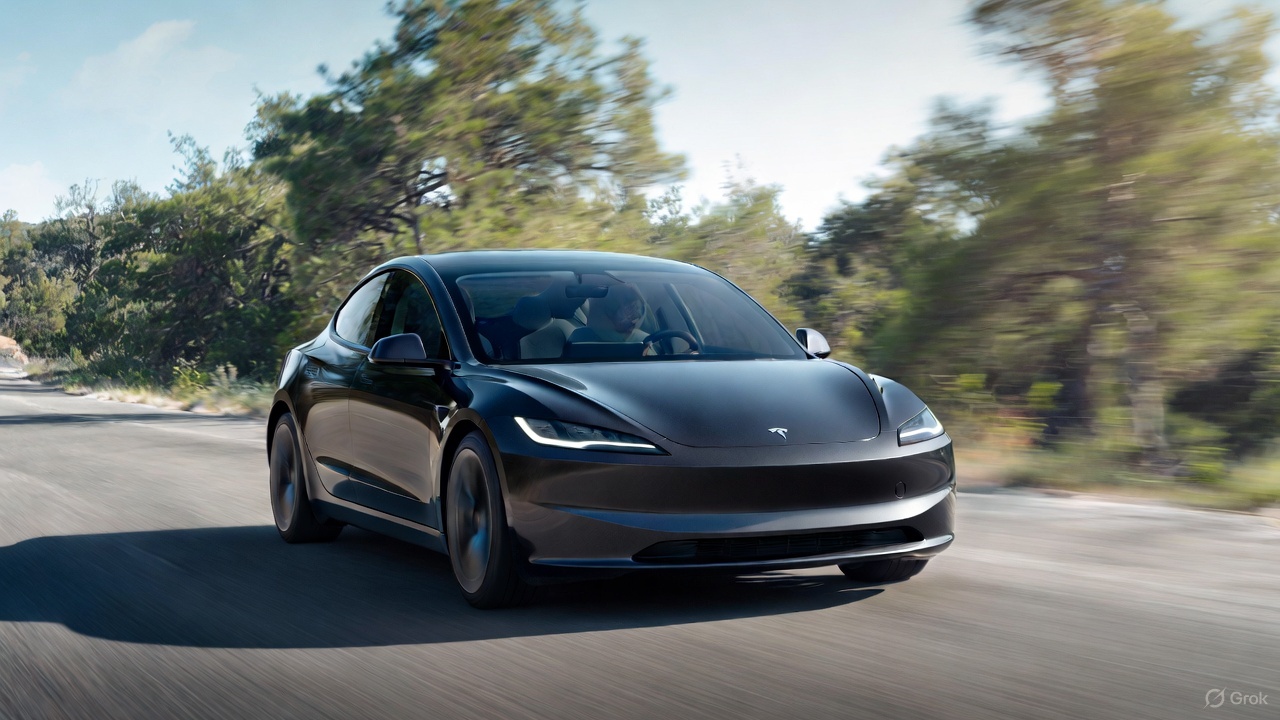
Tesla has launched Europe’s first public shuttle service using Full Self-Driving (Supervised) in the rural Eifelkreis Bitburg-Prüm region of Germany, demonstrating how the technology can restore independence and mobility for people who struggle with limited transport options.
Local officials tested the system on narrow country roads and were impressed by FSD’s smooth, human-like driving, with some calling the service a game-changer for everyday life in areas that are far from urban centers.
Officials see real impact on rural residents
Arzfeld Mayor Johannes Kuhl and District Administrator Andreas Kruppert personally tested the Tesla shuttle service. This allowed them to see just how well FSD navigated winding lanes and rural roads confidently. Kruppert said, “Autonomous driving sounds like science fiction to many, but we simply see here that it works totally well in rural regions too.” Kuhl, for his part, also noted that FSD “feels like a very experienced driver.”
The pilot complements the area’s “Citizen Bus” program, which provides on-demand rides for elderly residents who can no longer drive themselves. Tesla Europe shared a video of a demonstration of the service, highlighting how FSD gives people their freedom back, even in places where public transport is not as prevalent.
What the Ministry for Economic Affairs and Transport says
Rhineland-Palatinate’s Minister Daniela Schmitt supported the project, praising the collaboration that made this “first of its kind in Europe” possible. As per the ministry, the rural rollout for the service shows FSD’s potential beyond major cities, and it delivers tangible benefits like grocery runs, doctor visits, and social connections for isolated residents.
“Reliable and flexible mobility is especially vital in rural areas. With the launch of a shuttle service using self-driving vehicles (FSD supervised) by Tesla in the Eifelkreis Bitburg-Prüm, an innovative pilot project is now getting underway that complements local community bus services. It is the first project of its kind in Europe.
“The result is a real gain for rural mobility: greater accessibility, more flexibility and tangible benefits for everyday life. A strong signal for innovation, cooperation and future-oriented mobility beyond urban centers,” the ministry wrote in a LinkedIn post.
News
Tesla China quietly posts Robotaxi-related job listing
Tesla China is currently seeking a Low Voltage Electrical Engineer to work on circuit board design for the company’s autonomous vehicles.
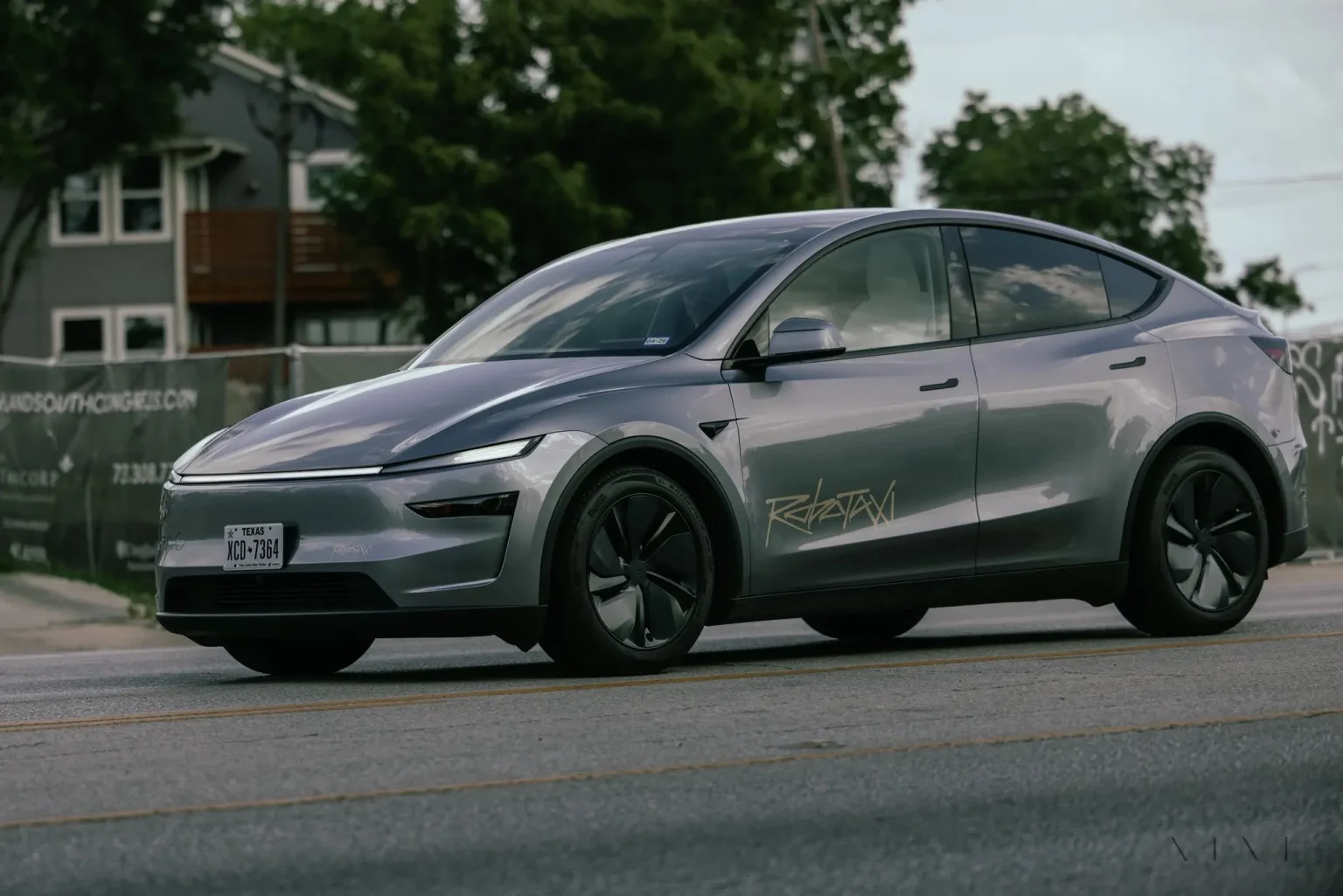
Tesla has posted a new job listing in Shanghai explicitly tied to its Robotaxi program, fueling speculation that the company is preparing to launch its dedicated autonomous ride-hailing service in China.
As noted in the listing, Tesla China is currently seeking a Low Voltage Electrical Engineer to work on circuit board design for the company’s autonomous vehicles.
Robotaxi-specific role
The listing, which was shared on social media platform X by industry watcher @tslaming, suggested that Tesla China is looking to fill the role urgently. The job listing itself specifically mentions that the person hired for the role will be working on the Low Voltage Hardware team, which would design the circuit boards that would serve as the nervous system of the Robotaxi.
Key tasks for the role, as indicated in the job listing, include collaboration with PCB layout, firmware, mechanical, program management, and validation teams, among other responsibilities. The role is based in Shanghai.
China Robotaxi launch
China represents a massive potential market for robotaxis, with its dense urban centers and supportive policies in select cities. Tesla has limited permission to roll out FSD in the country, though despite this, its vehicles have been hailed as among the best in the market when it comes to autonomous features. So far, at least, it appears that China supports Tesla’s FSD and Robotaxi rollout.
This was hinted at in November, when Tesla brought the Cybercab to the 8th China International Import Expo (CIIE) in Shanghai, marking the first time that the autonomous two-seater was brought to the Asia-Pacific region. The vehicle, despite not having a release date in China, received a significant amount of interest among the event’s attendees.








